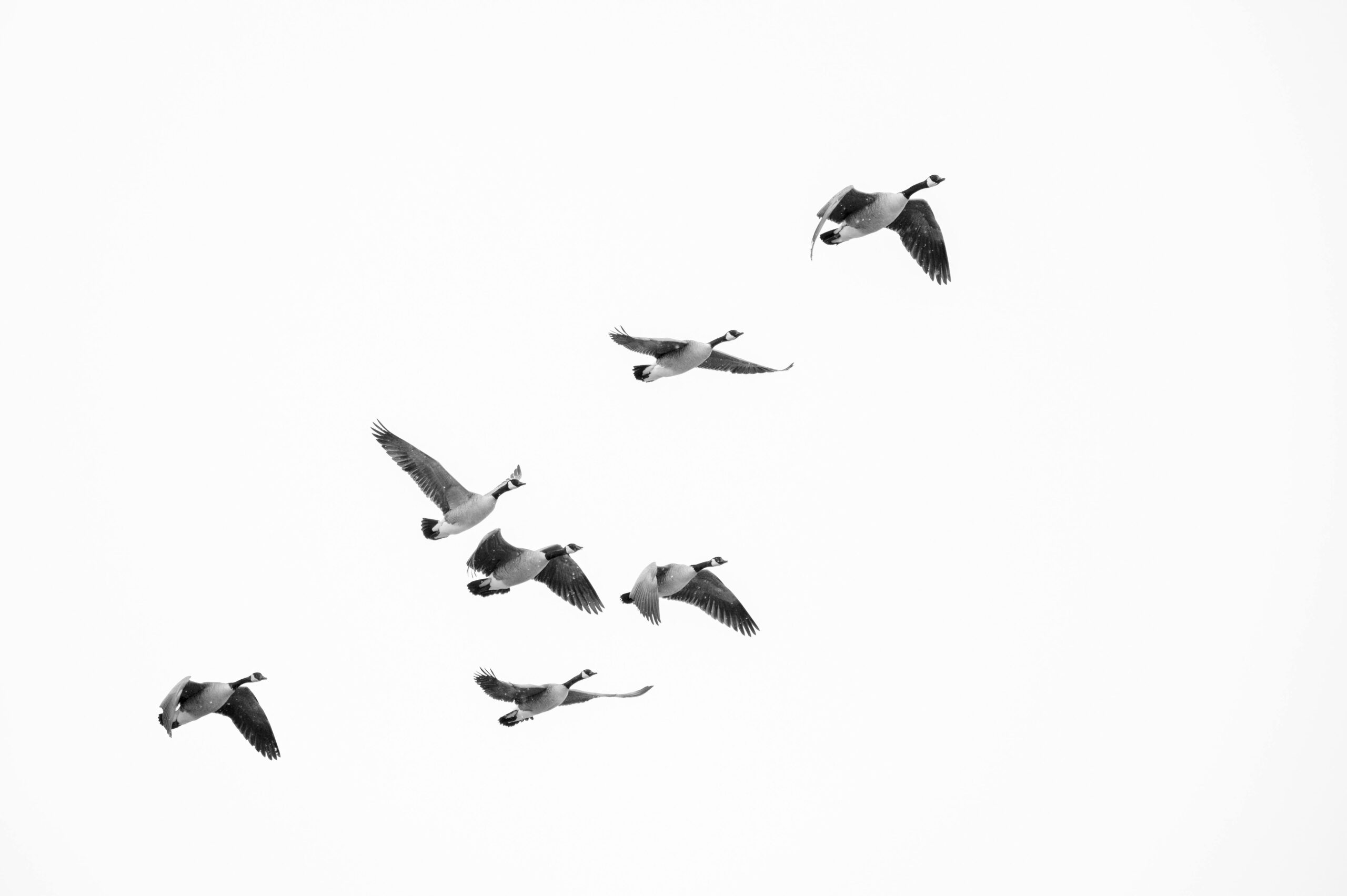Fall Flying & Bird Migration: Stay Alert
As the seasons change, so do the flying associated risks. In the fall, shorter days mean more of our flights creep into twilight or night conditions, and cooler temperatures can lead to stronger winds and rapidly changing weather. But one of the biggest seasonal hazards is often overlooked: bird migration.
Here in Cincinnati, Lunken Field sits in the river valley, directly under a major migratory path. September through November brings increased bird activity, especially near rivers, lakes, and open fields. Large flocks can appear suddenly at circuit altitude, making the traffic pattern a prime spot for bird strikes.
What can you do? Use landing lights below 3,000 feet, keep a sharp scan outside, especially when operating near water or fields where birds may roost, and consider adjusting your route slightly if flocks are observed. If you experience a bird strike, evaluate the situation, consider landing to inspect for damage, and notify an LMFT staff member immediately.
Safety Takeaway: Fall brings increased bird activity, especially at lower altitudes. Keep your eyes outside.
This post was written by Andrew Wilson, our Safety Officer, Flight Instructor and SF50 pilot based out of our Lunken facility.
